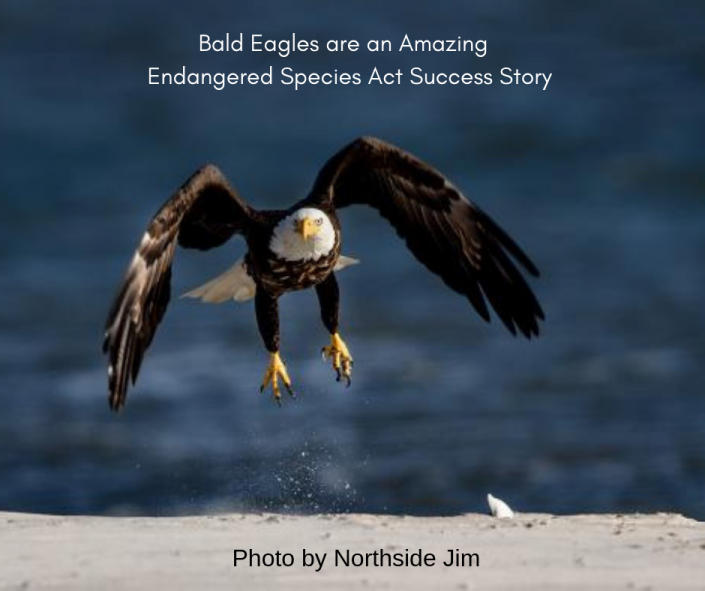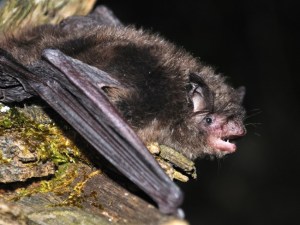HAPPY ENDANGERED SPECIES DAY!
Story by Alison Levine
The third Friday in May has been a celebration of our nation’s wildlife and wild places since 2006, when the United States Congress established the holiday. There is a special urgency this year as the United Nations recently reported that nearly one million species worldwide are at risk of extinction within decades (read our post about the UN report for more information).

One of the main points the report makes is that humans are dangerously degrading Earth’s ecosystems, the delicate, interconnected webs of life that we all, people and wildlife alike, need to survive.
The primary law protecting wildlife in the United States is the Endangered Species Act (ESA). Its purpose is to protect imperiled species and the ecosystems where they live. Under the law critical habitat within those ecosystems must be identified and protected. The ESA has saved more than 225 species from extinction, including our national bird, the bald eagle, and protected more than 250 million acres of habitat.
People protect what they love (as famed explorer Jacques Cousteau often said) and here at CWF we love New Jersey’s wildlife. Let’s celebrate them with a few #FunFaunaFacts:

- Elusive and charismatic, bobcats were listed as endangered in New Jersey in 1991. Bobcats are a great example of the importance of wildlife corridors, as they are constantly on the move (except when raising bobkittens). One NJ bobcat was tracked 108 miles away, deep in Pennsylvania.
- Bald eagles hunt cooperatively — one bird will scare prey and another will grab it with its sharp talons. Eagles see colors on an even wider spectrum than humans do. They can even see ultraviolet light. The ability to make out ultraviolet light helps these birds spot traces left by prey. To get your (inferior) eyes on the eagles at Duke Farms, watch our EagleCam.
- A baby falcon (like a peregrine falcon, endangered in New Jersey) is called an eyas, a word that exists by mistake. According to Merriam-Webster “Eyas is a funny-sounding word that exists because of a mistake. In the 15th century, Middle English speakers made an incorrect assumption about the word neias, from the Anglo-French niais (“fresh from the nest”). ‘A neias’ sounded like ‘an eias’ to their ears, so the word lost that initial n, eventually becoming eyas. Watch two sets of eyases grow up on our Jersey City and Union County falcon cams.

- Indiana Bats (endangered in NJ despite its name) are vulnerable to disturbance because they hibernate in large numbers in only a few caves (the largest hibernation caves support from 20,000 to 50,000 bats!).
Another main point of the recently released UN report is that we can still save many endangered species. To do so we need to act quickly and at all levels, from global to local. You can protect the wildlife you love starting right in your own backyard by creating native plant habitat to attract pollinators and other native wildlife, installing a bat house, or a bird house, feeder, or water source. To find out more ways to help New Jersey’s wildlife explore CWF’s volunteer opportunities.
- Learn about New Jersey’s endangered and threatened species from our Field Guide
- Watch our Jersey City and Union County Falcon Cams and our EagleCam
- Volunteer with Conserve Wildlife Foundation
Discover more from Conserve Wildlife Foundation of NJ
Subscribe to get the latest posts sent to your email.